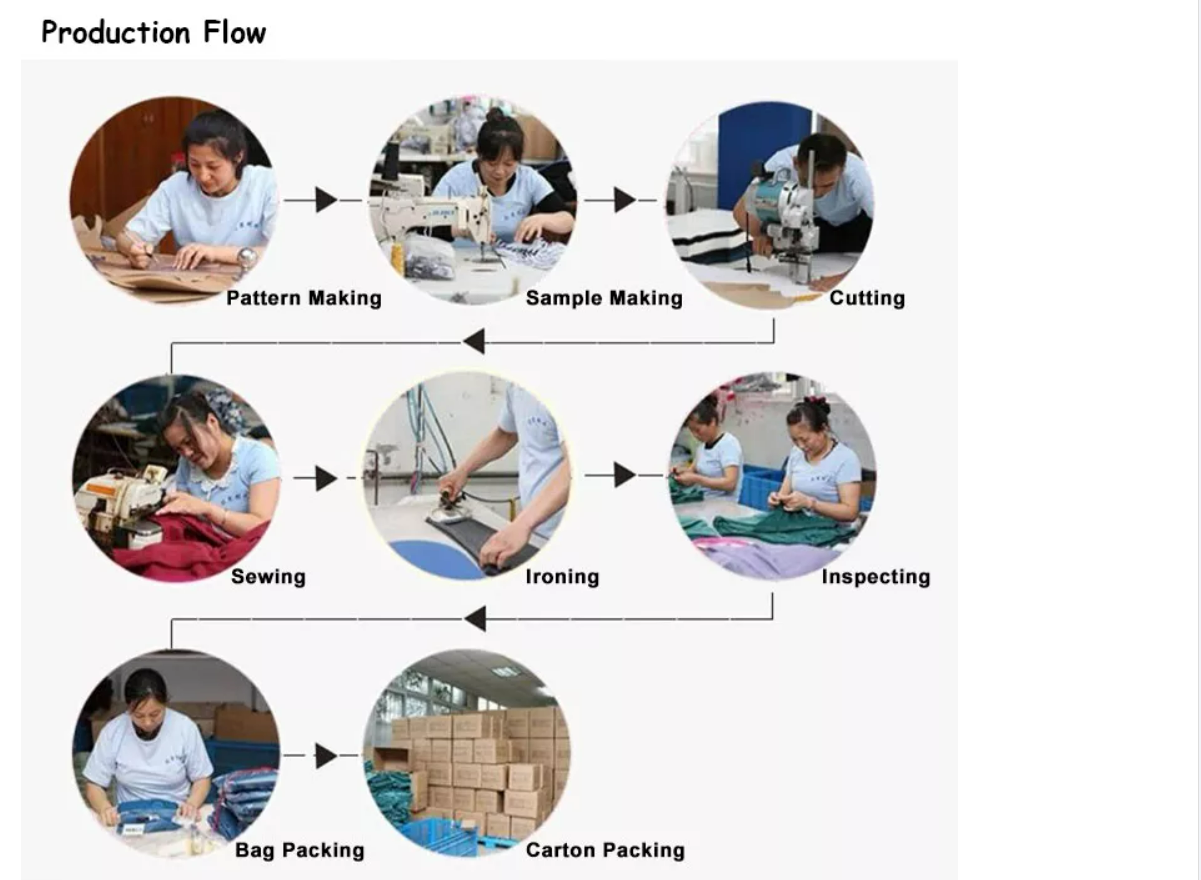What goes on behind the doors of a clothing manufacturing plant? Have you ever wondered how hundreds or thousands of clothing pieces are produced in bulk? When the consumer buys a piece of clothing in the store, it has already gone through product development, technical design, production, shipping, and warehousing. And many more supportive steps occurred to bring that brand front and center and get it placed in the department store.
Hopefully, we can shake some things out and put into perspective why it often takes time, samples, and a lot of communication to produce a piece of clothing. If you are new to the world of clothing production, let’s frame the process for you so that you will be better prepared to begin working with clothing manufacturers.
Pre-Production Steps
There are several steps that you will need to take before you begin looking for a clothing manufacturer. While some manufacturers will offer services to assist with some of these steps, they come with a price. If possible, try to do these things in-house.
Fashion Sketches
The beginning of a piece of clothing starts with the creative sketches that the fashion designer creates. These are illustrations of the clothing design, including colors, patterns, and features. These sketches provide the concept that the technical drawings will be made from.
Technical Sketches
Once the fashion designer has a concept, the product moves to technical development, where another designer creates CAD drawings of the design. These are proportionately accurate sketches that show all angles, dimensions, and measurements. The technical designer will package these sketches with grading scales and spec sheets to create a tech pack.
Digitizing Patterns
Patterns are sometimes drawn by hand, digitized, and then reprinted by the manufacturer. If you have ever made a copy of a copy, you know why it is important to maintain a clean pattern. Digitizing helps preserve the original pattern for accurate reproduction.
The Manufacturing Process
Now that you have a garment design ready for production, you can begin looking for a clothing manufacturer to plan the production process. At this point, your tech pack already contains the patterns and material selections for the finished garment. You are only looking for a manufacturer to order the materials and produce the finished product.
Choosing a Manufacturer
Experience, lead times, and location are often the most important factors to consider when choosing a manufacturer. You can choose between overseas manufacturers who benefit from lower labor costs but have longer lead times. Or, you can work with a domestic supplier to get your products much quicker. Minimum order quantities and the capabilities of the manufacturer to produce on-demand and drop-ship are also important.
Ordering Your Products
When an order is placed with a clothing manufacturer, they will be allowed to check their production schedules and check with suppliers to order materials. Depending on volume and availability, your order will be confirmed with a target shipping date. For many clothing manufacturers, it is not uncommon for that target date to be between 45 and 90 days.
Approving Production
You will receive a mockup sample for approval. Before production begins, you will need to agree to the pricing and lead times quoted by the manufacturer. Your signed agreement serves as a contract between the two parties to begin production.
Production Times
Once the plant has received your approval and all materials have been received, production may begin. Each plant has its operating procedures, but it is typical to see frequent quality checks at 15% completion, again at 45% completion, and another at 75% completion. As the project nears or finishes completion, shipping arrangements will be made.
Shipping Products
Shipping arrangements can vary between containers moving overseas via ocean freight and individual items drop-shipping directly to customers. Your business model and the capabilities of the manufacturer will dictate your options. For example, POND Threads can drop-ship directly to your customers, but many plants require large minimums that will be shipped to your warehouse via a container.
Receiving Products
If you are receiving inventory directly, inspection is important. You may want to pay someone to inspect the product before it is loaded because it can be expensive to pay ocean freight on a container of the incorrect product.

